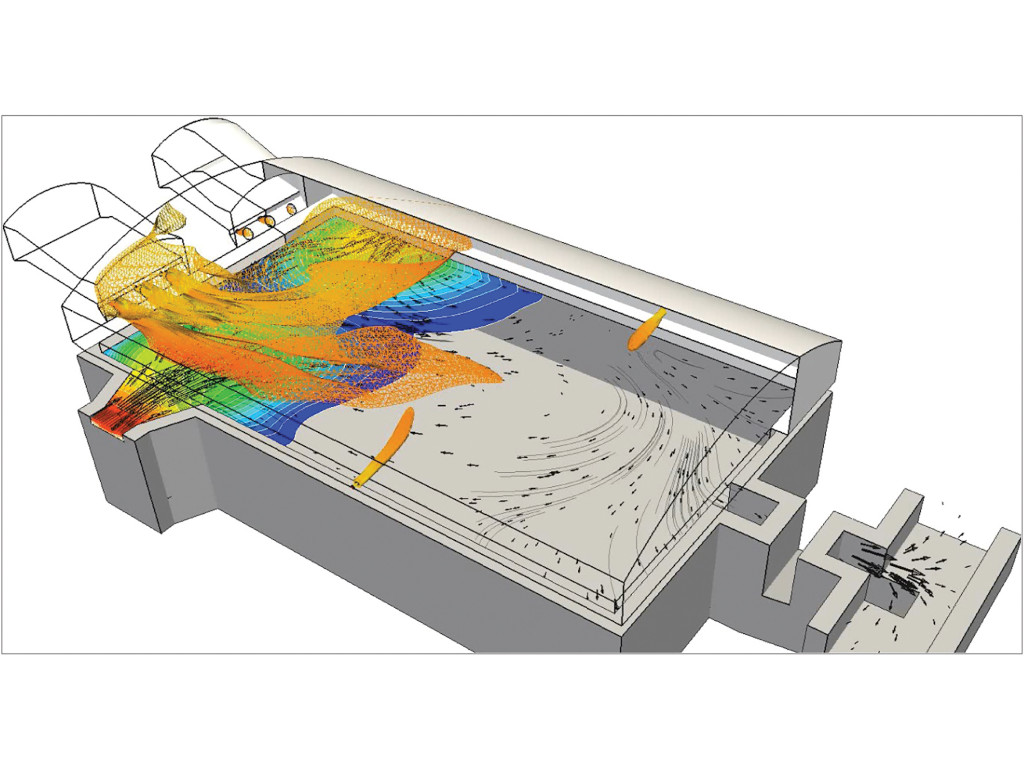Rigorous model-based model predictive control is becoming the new standard of glass furnace advanced control. How MPC (model predictive control) works is already difficult to explain. Does it become more complex by adding ‘rigorous’ to the equation? Perhaps not. In the first of a series of articles, let’s dive into it by starting with some history.
“As complexity rises, precise statements lose meaning and meaningful statements lose precision” – Lotfi A. Zadeh.
It is almost 30 years since one of the speakers at a Fuzzy Logic conference came from TNO, the institute which later became CelSian. In those late 1992 days Fuzzy Logic became a big thing in industry almost 27 years after the scientist Lotfi Zadeh introduced his thoughts on the fuzzy set theory. You may ask yourself why it took so long for the industry to pick up this technology. The explanation is quite simple: there were no process control systems available to support it and once they became available the ‘fuzzy’ image wasn’t working in favour of it. Perhaps you remember that washing machines with Fuzzy Logic control had become available and not many glass companies wanted to run their furnaces with what they perceived as ‘washing machine technology’. It shows how bad gut feelings can work against very smart ideas but nevertheless, the first ‘smart’ glass furnace control systems that became available were based on Lotfi’s theories. You can still find those strategies running in some plants today.
Conventional MPC vs rMPC
The next new development in advanced glass process control was published in 2008. It described the ‘rigorous model-based model predictive control of a glass melter and feeder’. Notice that ‘rigorous’ is underlined as there is a distinct difference between conventional MPC and rMPC. Let’s explain by going back to a 13-year-old publication.1
‘Conventional MPC controllers apply models that are determined by means of step tests on the actual running furnace in which the inputs (i.e. fuel distribution, boosting, and load) are changed in a stepwise fashion. The output response of the furnace is measured, and data is stored. To minimise the risk of production losses during testing, many small steps are taken, and measurements continue for several days or even up to weeks to enable modelling of the melting tank dynamics. A model is derived from the measurement data that relates the observed variations of the measured outputs to the manipulations applied to the input signals at the working point (set of process settings: pull, total fuel consumption, required electrical boosting power) for which the tests were performed.’
In other words, tests are made on furnaces which are in operation and the size of those steps are limited so as not to disturb daily operation. The response of the furnace is likely to be unclear due to the disturbances and gathering the data can take weeks. Therefore, the data coming out of that exercise is questionable and collecting it takes a lot of time.
New approach
‘CelSian has developed a totally new approach for the determination of control models. In a first step, a rigorous, fast 3D detailed model (derived from CelSian’s state of the art GMT-X software) furnace is set up and validated. GTM-X describes the dynamic behaviour of the process (the furnace) sufficiently accurately, and therefore the rigorous 3D CFD (Computational Fluid Dynamics) model can be applied as control system design without any concerns.’
CelSian takes its vast GTM-X mathematical furnace models instead of the actual running furnace to perform the steps responses and capture the derived data to build the rMPC controller. The advantages are that it doesn’t impact daily production, much bigger steps can be applied to the model getting a much better response in return, and no unwanted or unknown disturbances influence the results. Next to that, the model is applicable as soon as the furnace is operational, representing a huge advantage in these times where new, reduced CO2 emission furnace designs are arriving.
rMPC becomes established technology
‘First applications have been completed and these have demonstrated the benefits of the use of rigorous process models for process control. RMPC is applied to increase furnace and feeder stability and to improve transition behaviour (e.g. load changes, glass composition/colour changes, recovery from major process upsets etc.). Stability of temperature distribution and flow pattern is essential for production at the highest possible yield.
We have travelled a long way at CelSian with the development of rMPC whist the industry is facing new furnace designs, moving away from fossil fuel firing, and trying to squeeze out the final energy efficiency of their traditional designs. Today rMPC has become an established technology with a proven track record outperforming other advanced control systems.
At CelSian we sometimes do things differently because we believe we can do better for you and the industry. Therefore we specifically called our MPC control ‘rigorous’ because the adjective’s synonyms are: ‘meticulous, punctilious, conscientious, careful, diligent, attentive, ultra-careful, exact, precise, accurate, correct.’ If you consider trusting your furnace process to an advanced controller, you should consider CelSian’s model predictive control.
Finally, we are heading for the ultimate solution which we cannot reveal yet, but we will keep you posted. Curious? Give us a call or send us an email and we will explain. Once you understand, your choice will be obvious. To be continued!
1 “Rigorous model-based model predictive control of a glass melter and feeder”, Backx, Ton; Huisman, Leo; Op den Camp, Olaf; Verheijen, Oscar. Glass Technology – European Journal of Glass Science and Technology
Part A, Volume 49, Number 3, June 2008, pp.139–144.
Image: CelSian’s GTM-X models are used to build the rMPC controller.


